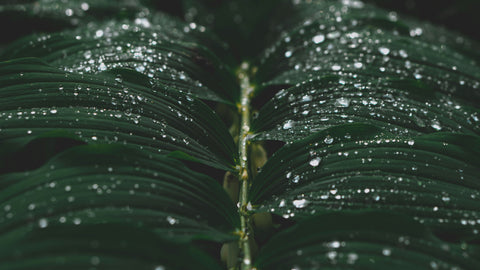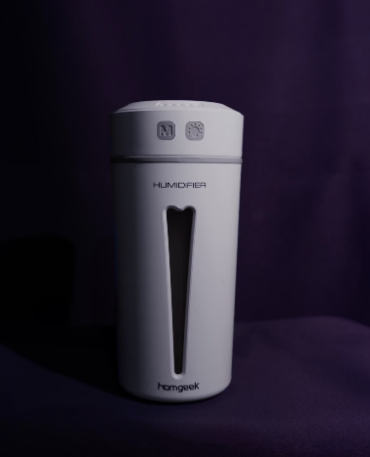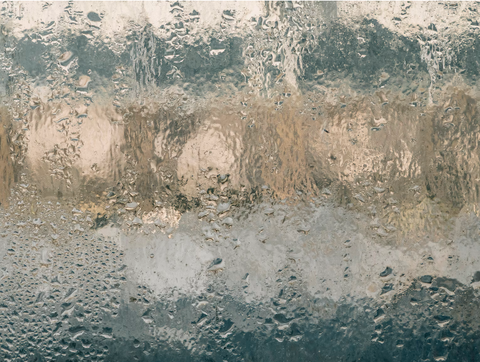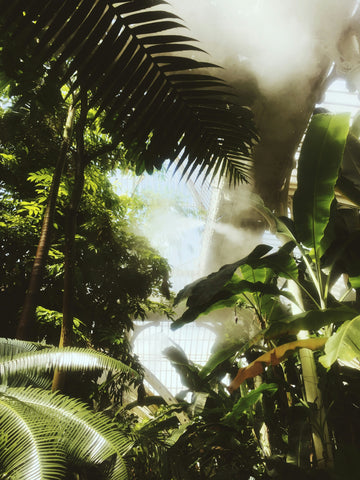Should I be misting houseplants?
Misting houseplants has been a house plant hack passed down for years. Need to raise humidity? Mist your plants. Bored? Mist your plants. Stuck leaves? You get it, mist that plant. While misting has its benefits, it also has a down side that could be detrimental to the overall plant health. Let's break down the good and the bad about misting your indoor plants.

Close up of a leaf covered in water droplets
Photo by Axel Holen on Unsplash
Does Misting Improve Humidity?
The idea of misting plants is to help improve and raise humidity for you tropical plants. Tropical plants like Monsteras, Philodendrons, Hoyas and Calatheas love humidity and often times may even struggle from too low humidity. However, there's been multiple studies done proving this isn't the case at all. Misting your indoor plants will only increase humidity briefly for the first few seconds, then the humidity levels will return to normal, only leaving behind wet foliage.
The Downsides Of Misting Houseplants
While we, as plant parents, always want the best for our house plants, misting regularly can cause a sense of false hope because it doesn't create the humid environment your humidity loving plants want. The dry air will cause brown leaf tips in your plants and can cause new foliage to come out deformed and mangled.
The other, biggest downside, is bacteria leaf spots. This is caused from water droplets staying on plant leaves for a long period of time. This happens a lot, especially in the winter time with colder air and lack of air flow. If you notice brown spots with an outer yellow edge, this is bacteria leaf spot. The bacteria can spread throughout the rest of the plant. To prevent this from happening, introduce more air flow to your indoor plant area so the water can dry faster. If you see a lot of the bacteria leaf spots, cut off the infected areas with clean shears.

Water droplets on a single leaf
Photo by Milada Vigerova on Unsplash
Another plant disease you can run into is powdery mildew. This is especially common in plant species like cane Begonias. Powdery mildew shows up as patches of white or gray color and powder-like growth. Powdery mildew can spread from plant to plant, rather quickly if you don't treat it.
The best way to treat most plant diseases is by using a copper fungicide spray. Copper fungicide is a spray that targets fungal diseases. Make sure to coat the top and bottom of the leaves along with the base of the plant and the stem. Always, cut off foliage that has been drastically effected. This copper funigicide is also good at treating common houseplant pests, like spider mites.
Ways to increase humidity
While misting plants isn't the best way to raise humidity, it still can help you indoor plants thrive. It's best to mist plants when there are new leaves emerging. The extra moisture around a new leaf, will help it unfurl smoother and prevent it from getting stuck.

A hygrometer measuring humidity and temperature
Photo by Kaffeebart on Unsplash
Now that the do's and the don't's about misting your indoor houseplants has been discussed, let's talk about some ways to actually increase humidity.
1. Grouping plants together
Grouping plants together is a great way of passively increasing humidity. This helps create a micro climate for your plants, and the relative humidity around that area will slightly increase. Especially, after a watering day or if you add a humidifier next to your humidity loving plants.
2. Use a humidifier
One easy way to help raise the humidity levels is to add a humidifier to your area. This is most effective if your plants are in an enclosed area. You'll see the humidity levels quickly raise just by running the humidifier twice a day.
Another way to raise humidity, is to use pebble trays. A pebble tray can be made by using river rocks and placing them on a saucer. Next, add about 1-2 inches of water at the bottom. Make sure the water isn't touching the bottom of the planter, you don't water the water to be absorb by the plant's roots which can lead to root rot. The idea of the pebble tray is that water is slowly evaporated into the air around the plant. While, I don't think this is good for a big area, its an easy way to slightly increase humidity around one plant.

A white humidifier
Photo by Intan Yuhanis on Unsplash
The last way I recommend to help raise humidity, is by using moss. Whether it's using moss poles or placing a layer of sphagnum moss around the base of the plant. In my experience, using moss in any form has been the easiest way of raising humidity in my plant room. After a good watering session, you can see the humidity levels increase drastically and will last for as long as the moss is damp.
Want to learn to troubleshoot the most common mistake plant parents make? 6 signs that your are overwatering your houseplants


